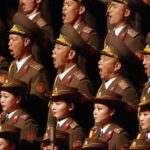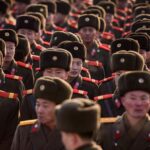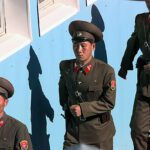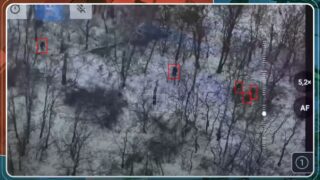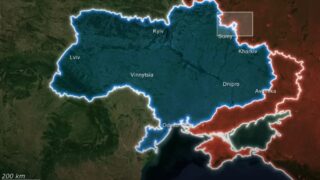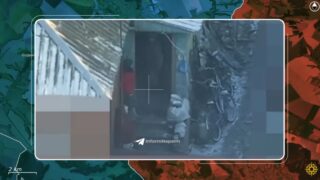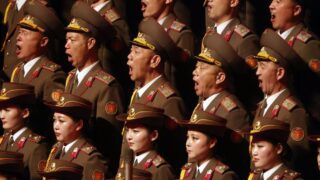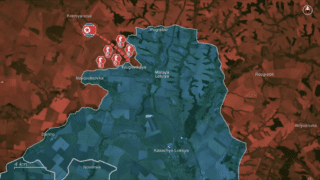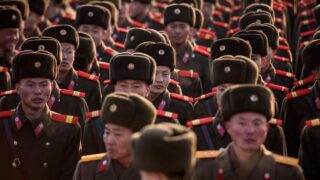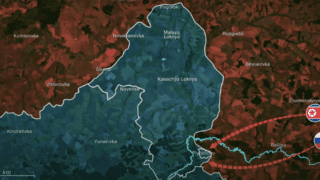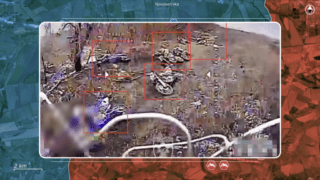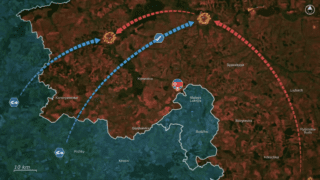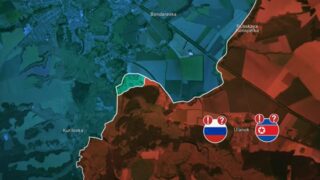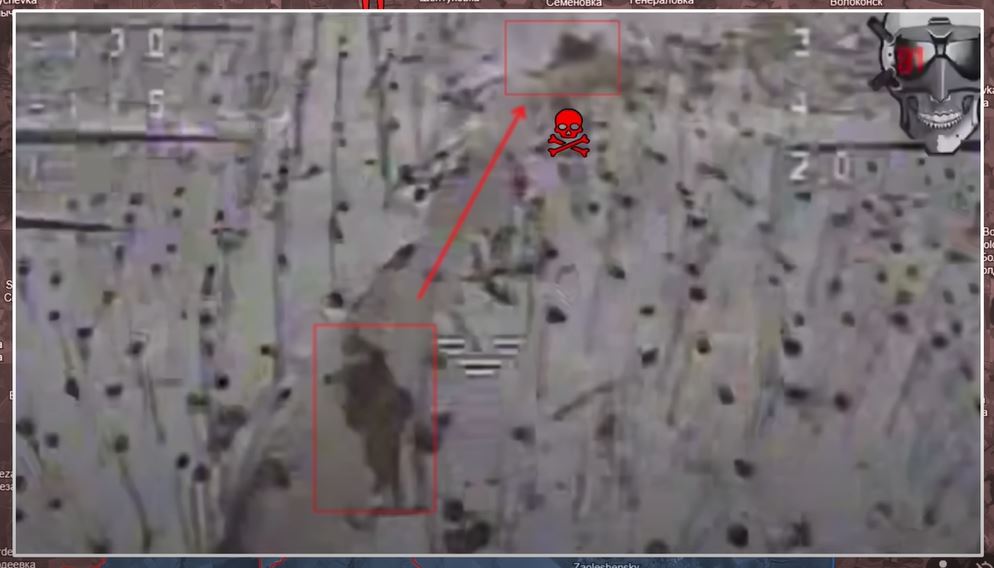
Frontline report: Ukrainian drone pilots turn North Korean fire against themselves
23 December. Today, there are a lot of interesting updates from the Kursk direction.
Here, the North Korean forces find themselves thrust into a conflict shaped by technologies and tactics far beyond their experience.

Their struggle to contend with the relentless presence of drones reveals a dangerous gap in preparedness, setting the stage for a harsh lesson in the realities of modern warfare.
After a week of relentless human wave assaults by the North Korean soldiers, they failed to achieve their primary goal of retaking a significant part of the Kursk Salient. Similarly, the Russians cannot present the limited gains as a victory, because it would mean admitting to the integration of foreign North Korean troops to fill their ranks, as domestic recruitment fails to compensate for the Russian losses.
The failure of the North Korean assaults can be largely attributed to their troops’ lack of experience with modern warfare and their inability to adapt. North Korea’s decades of isolation from the outside world, with minimal external influence or exposure, have left its military doctrine severely outdated, rooted in strategies dating back to the Korean War over seventy years ago. One of their largest shortcomings has shown to be the inability to adapt to the unprecedented use of drones, which take a central role in modern Ukrainian combat operations. Their limited understanding of advanced reconnaissance and precision strikes, made possible by Ukrainians’ extensive drone warfare, allowed Ukrainian forces to inflict devastating losses on every assault. As a result, North Korean units performed even worse than even the least capable Russian assault units.

During their initial assaults, North Korean forces failed to recognize drones as a serious threat, advancing slowly across open fields, underestimating the danger from the skies.
The soldiers did not attempt to maneuver or evade FPV drone strikes, while Ukrainian drone operators, skilled in targeting fast-moving troops, exploited their vulnerabilities. This lack of awareness made the North Koreans easy targets, with even inexperienced Ukrainian drone operators using single FPV drones to decimate large infantry formations.
After suffering heavy losses in their initial encounters with drones, North Korean commanders attempted to adapt by setting up observation points and instructing soldiers to listen for buzzing sounds and scan the skies.
However, these efforts had little impact on the Ukrainian drone operators, as the North Koreans lacked electronic warfare countermeasures or other advanced systems, leaving them vulnerable to continued drone strikes. Combat footage from the area shows North Korean soldiers repeatedly failing to protect themselves from drone strikes.
Instead of attempting to maneuver, take cover, or lie down to reduce exposure, the soldiers often panicked, and tried to shoot down the drones with small arms fire while standing in place. Ukrainian drone operators took advantage of this, and repeatedly maneuvered their drones right in between the confused troops, causing the North Korean to kill each other, as they tried and failed to shoot down the drones.
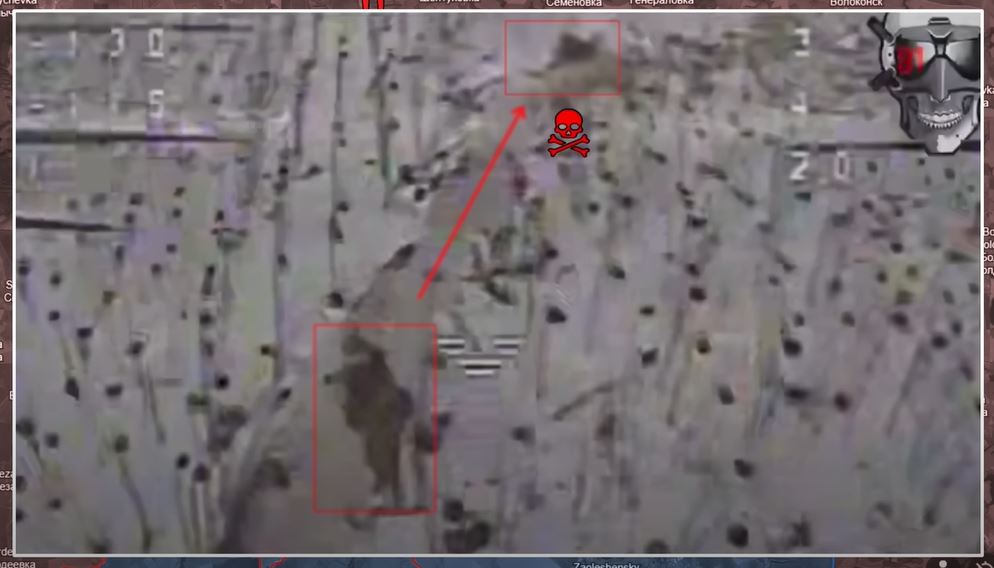
Additionally, the North Korean soldiers stationed themselves on the outer edges of forests, remaining bunched together instead of moving deeper into the woods. By doing so, they missed an opportunity to use the dense trees and terrain to disrupt drone signals, which could have reduced the effectiveness of Ukrainian strikes.
This tactical error allowed Ukrainian drone operators to target and eliminate large groups of North Korean troops with just a few drone strikes, even after the soldiers had reached their objectives within the forests.
To further exploit the North Korean soldiers’ lack of familiarity with drones, the Ukrainians attached small stuffed Christmas toys to some of their drones. This tactic caused additional confusion among the North Korean troops, who wasted precious seconds trying to comprehend why a toy was flying toward them. By the time they realized the threat, it was too late; these drones effectively struck, eliminating large numbers of soldiers in a single attack.

Overall, the North Koreans continued reliance on outdated assault tactics, coupled with their inability to adapt to modern warfare, resulted in catastrophic losses across all their units. South Korean Military Intelligence attributed the high casualties to their inexperience with drone warfare and their unfamiliarity with the open terrain, as North Koreans are more accustomed to the more mountainous terrain of Korea. To address these issues, Russian and North Korean commanders may need to pause operations, to train their troops in counter-drone measures, and overhaul North Korean combat tactics, a process that could delay the Kursk counteroffensive by weeks or even months.
In our daily frontline report, we pair up with the military blogger Reporting from Ukraine to keep you informed about what is happening on the battlefield in the Russo-Ukrainian war.
Related:

